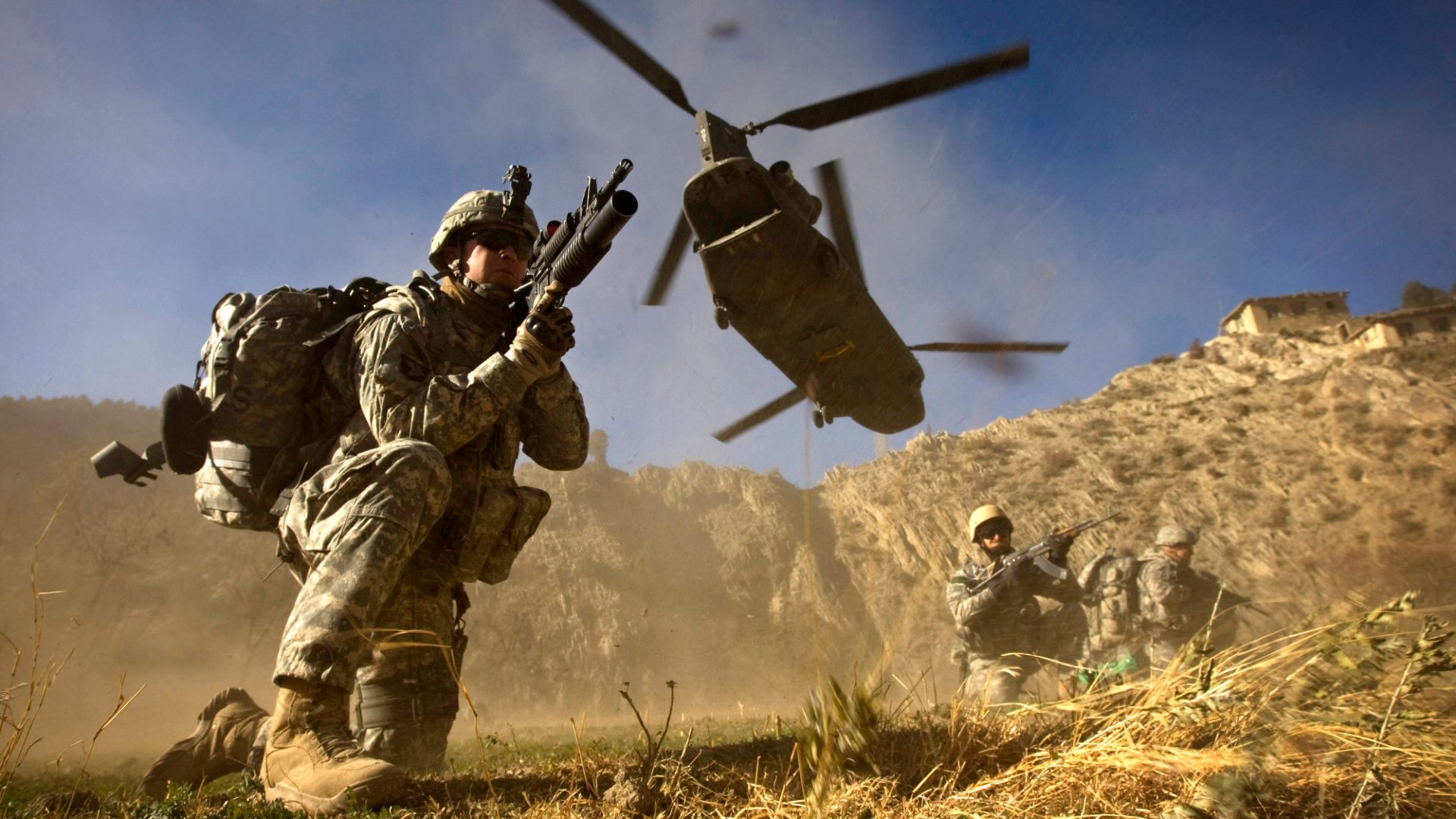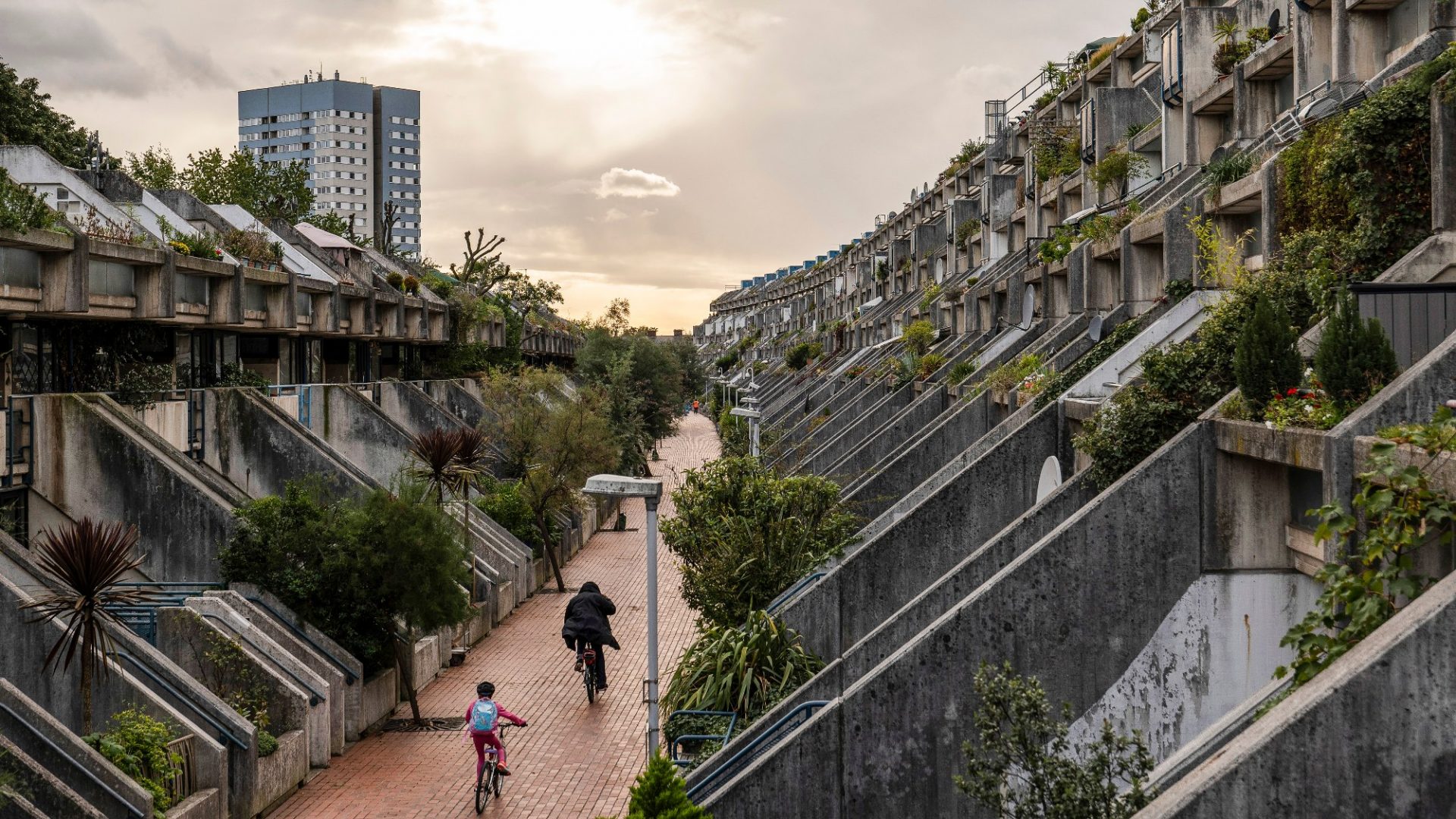Colonel Salim Faqiri gave his wife just 15 minutes to get ready. “She thought I was kidding.”
He wasn’t. In the final hours of the Afghan Republic, as Kandahar fell to the Taliban and Kabul was teetering, Faqiri, a senior air force officer and helicopter squadron commander, made the unbearable decision to flee his country.
He loaded his wife, two young daughters, and 15 other pilots into a Black Hawk for the 25-minute flight from the lush Panjshir Valley in the Hindu Kush mountains to a capital gripped by panic, where tens of thousands of people were scrambling to get into the airport, and the Taliban were already in control.
After 19 years serving in Afghanistan’s army and air force, flying Black Hawk and Mi-17 choppers – fighting alongside US and Nato troops; lifting the wounded off battlefields under fire; transporting special forces and supplies into hot zones – he watched his enemy storm to power in August 2021.
“When I flew over Kabul and I saw the Taliban on the ground, and saw that they had control of Kabul…” The words catch in his throat as he fights back tears.
“So sad to see,” he continues in a whisper. “We fought them for a generation and finally they came back to power and you have to leave your country.”
He and his family boarded a US air force transport plane for Qatar. Then to Phoenix, Arizona.
Now, almost four years later, Faqiri sits in the sun-filled Arizona home of a former US military pilot, one of many locals who have rallied around the men they call the “freedom pilots”. The Hindu Kush is far behind him, replaced by the dust and heat of the American south-west. But the threat he tried to escape is never far from his mind.
Faqiri believes he is one of the luckiest men alive, simply and precisely because he is alive. But luck, he knows, is fickle. The US trained him to fight for his country, yet could soon send him back to his enemy.
Under the cruel new immigration policies of the Trump era, and with homeland security secretary Kristi Noem declaring, wrongly, that Afghanistan is safe, Faqiri and thousands of other Afghans who had thought they were safe are facing the unthinkable possibility of deportation.
Sources in Kabul close to Taliban leaders and the US administration say the Department of Homeland Security’s cancellation of “temporary protected status” reflects behind-the-scenes negotiations with the Taliban aimed at eventually normalising ties. Noem’s decision in effect clears the way for forced returns that will send many to almost-certain death.
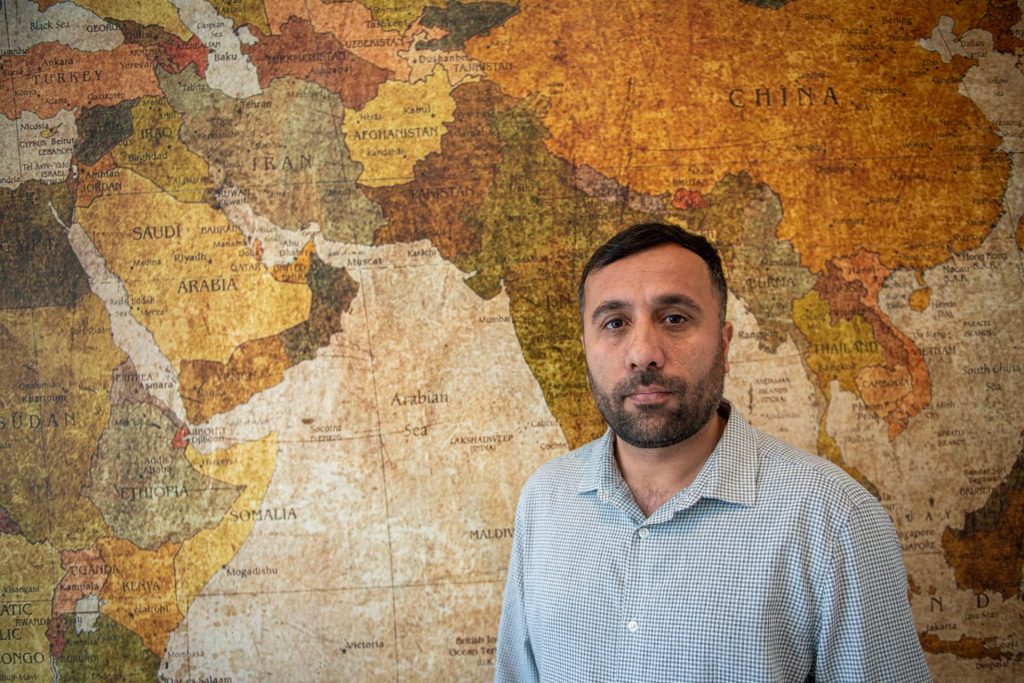
Only last week, an Afghan interpreter was arrested by ICE agents while attending a Green Card hearing in Massachusetts. The man, named only as Zia, had worked for the US military for five years during the war, and had entered the US legally, using the Special Immigrant Visa. After his arrest, his attorney told the press: “If he is deported, as so many of the people have articulated today, he faces death.”
“We all worry. They are killing the people who helped the Americans every single day,” said Faqiri, 34. “Every day I wake up, I ask: ‘Will my family be safe today? Will the Taliban find us?’”
Since Faqiri’s flight to freedom, Afghanistan has become the nexus of global terrorism; the Taliban regime has consolidated power with impunity, executing former government workers and members of the armed forces who couldn’t escape. Their plight has been made even more dangerous by the leaking of a list by British officials containing the names of Afghans who served with western forces during the war. The list reportedly affects up to 100,000 Afghans. The Taliban has pursued them and their families with death squads. In some refugee communities abroad, Taliban operatives are known to harass, intimidate and sometimes even attack exiles and dissidents.
Of the 50 Afghan pilots who made it to Arizona in the chaotic weeks after Kabul fell, only Faqiri agreed to speak on the record. He is among an elite cohort known as the Afghan Eagles, trained by former US navy pilot Jack McCain, the son of the late Sen. John McCain, who spent a year in southern Afghanistan. He later formed Operation Eagle Foundation to evacuate the pilots and their families to his home state.
“The Taliban watch us even here,” Faqiri said, his voice a quiet indictment of bipartisan abandonment of the allies who fought with the US, “shoulder-to-shoulder”, during America’s longest war.
Air power was central to that war. Until 2014, the skies were dominated by the Americans: without US air cover or medevac, Nato forces were crippled. When the international coalition stepped back, the Afghan air force was expected to fill the void. Faqiri flew 5,000 missions in Black Hawks and Mi-17s, supporting US and Afghan forces.
But they depended on US contractors for maintenance. When the Biden administration refused to renew those contracts, aircraft were grounded. No repairs. No air strikes. No medevac. The advantage vanished.
Looking back, the collapse seems to have happened in slow motion. The Doha Agreement, signed by Donald Trump in February 2020, promised the Taliban a full US withdrawal within 14 months, bypassing the Afghan government entirely. When Joe Biden took office a year later, only 2,500 American troops remained. He honoured the deal.
The US spent $8.5bn building Afghan air power. By 2020, 196 Afghan pilots had been trained at a cost of around $1m per pilot. With up to 1,200 flight hours each, many matched or exceeded their US counterparts.
When the end did come, it was fast.
Corruption choked the last breath from the republic of Afghanistan. On front lines that I visited across the country in the war’s final months, the republic’s fighting men lacked food, water, even ammunition. The Taliban were flush with cash from Pakistan, Gulf donors, and warlords hedging their bets. Politicians switched sides. The inevitable end became a rout.
Faqiri recalls the chaos of those final days: the collapse of provincial commands, the rush to Kabul, the fall of the capital, the flight home to Panjshir province, hoping for a fightback.
Suggested Reading
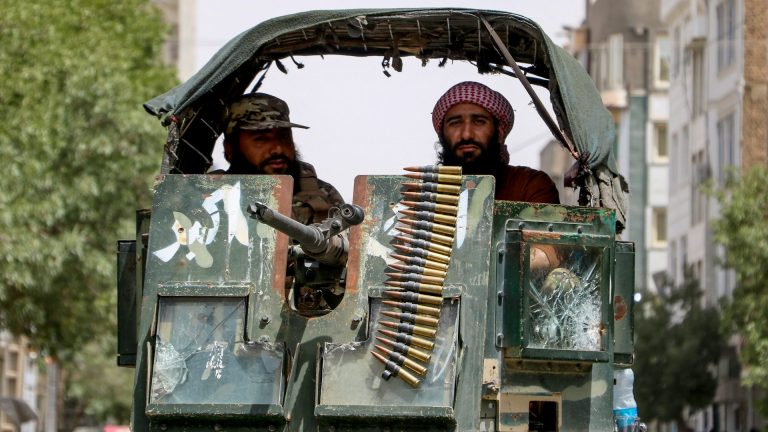
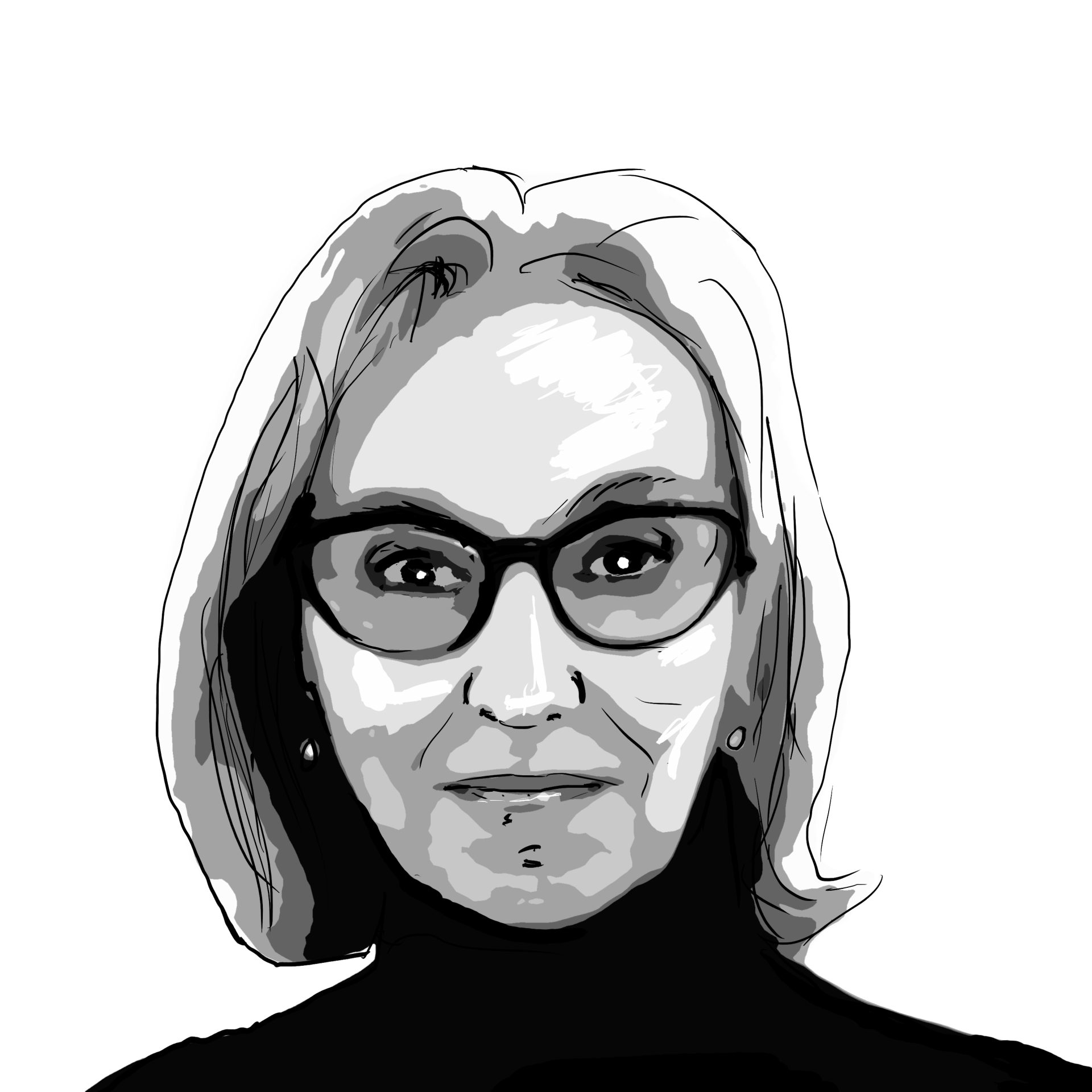
Afghan data leak: one part of a great betrayal
In Panjshir’s lush valley, he observed as former vice-president Amrullah Saleh and Ahmad Massoud, son of the anti-Taliban commander Ahmad Shah Massoud, tried to mount a last-ditch resistance.
“But it was too late for them because the Taliban had taken the whole country by then, they had very high morale, and the resistance didn’t have any back-up or any support from any countries,” he said, his voice deadpan with the hopelessness of it all.
In deciding to stay or go, there was no choice. “That was like making a decision between death and life,” he said. “I wanted to fight, but I had to protect my family. I left because I had no choice. I had to save my daughters from a nightmare. People think you leave your country because you want a better life. No. You leave because your life is in danger every day.”
Since arriving in the US, many of the Afghan pilots have struggled. Their skills are sidelined by red tape despite a shortage of military and civilian helicopter and fixed-wing pilots. Their credentials are questioned, their future stalled.
“It’s been a migraine,” Faqiri said. “Here, we are waiting, lost. Our skills don’t matter. I drove Uber for months because I had no other way.”
But they are not alone. Like professionals anywhere, the pilots have found their tribe in Phoenix. McCain led them to Flight Path Vectors (FPV), an aviation academy near Phoenix, where executives like Margo Treece and Iraq war veteran Al Timpauer have helped with housing, medical care, and schooling.
FPV helped verify flight logs, many of which the pilots destroyed to protect families still in Afghanistan, and works with the Federal Aviation Administration to qualify the pilots for civilian aviation.
Treece says the academy has developed criteria for selecting candidates for flight school, including financial literacy training and a code of ethics. The cost is steep, at about $100,000 per pilot, and fundraising is slow, so they are seeking donors to create a loan fund.
“We are trying to look at the whole picture for them,” she said. “That may mean other well-paying aviation jobs, not just flying, depending on what fits their needs.”
Faqiri is the first of the Arizona “freedom pilots” to attend FPV’s flight school. He began classes in May, leading to what Treece said “hopefully is many more”.
Faqiri knows that other former members of the Afghan security forces have been deported from Iran and Pakistan. They have returned, and been killed.
Every day that he wakes up in America, he asks if his family is safe, and every night he prays they won’t be found. He is one of the luckiest men alive. For now.
Lynne O’Donnell is a journalist and author. She was the Afghanistan bureau chief for Agence France-Presse and the Associated Press 2009-2017


